Growing Parsnips From Kitchen Scraps – Can You Regrow Parsnips From Tops
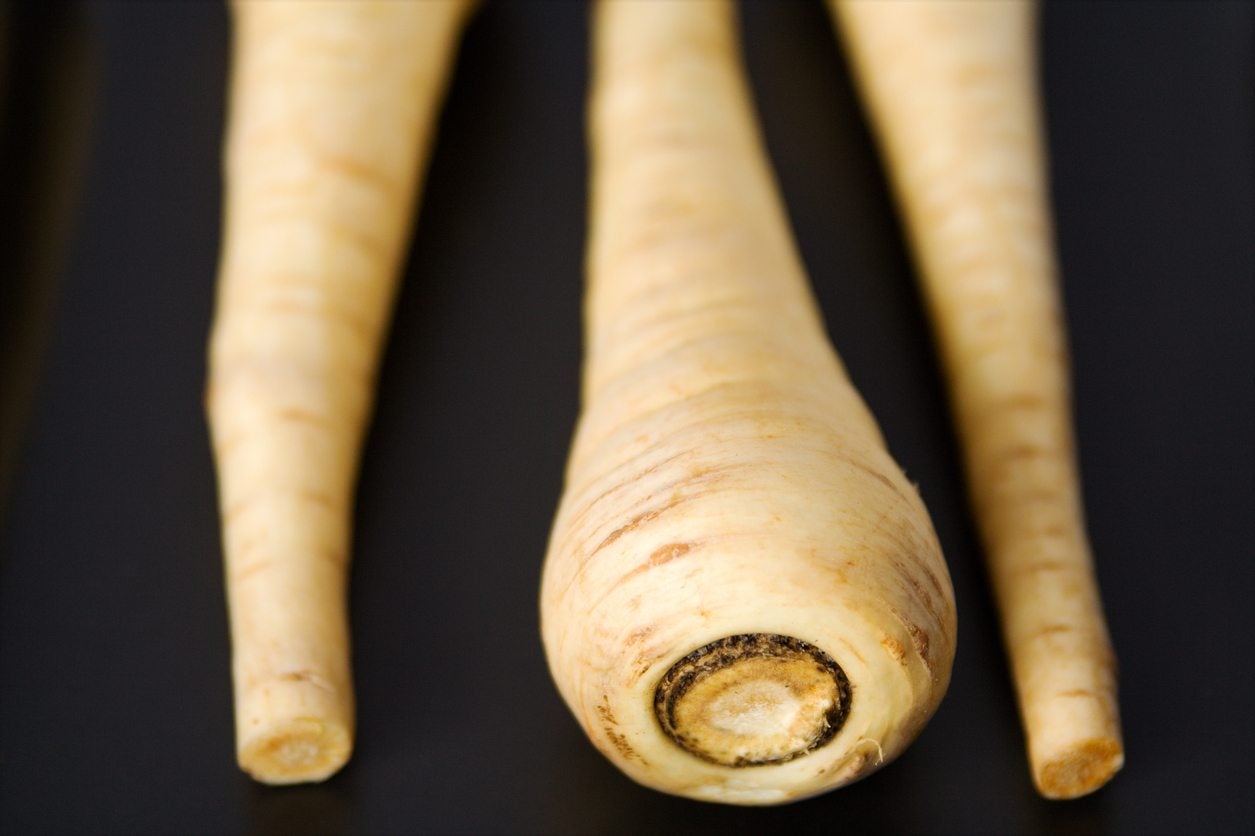

Growing vegetables from kitchen scraps: it’s an intriguing idea that you hear a lot about online. You only have to buy a vegetable once, and forever after you can just regrow it from its base. In the case of some vegetables, like celery, this is actually true. What about parsnips? Do parsnips regrow after you’ve eaten them? Keep reading to learn more about growing parsnips from kitchen scraps.
Can You Regrow Parsnips from Tops?
Do parsnips regrow when you plant their tops? Sort of. That is to say, they will keep growing, but not in the way you might hope for. If planted, the tops will not grow a whole new parsnip root. They will, however, keep growing new leaves. Unfortunately, this isn’t particularly good news for eating. Depending upon whom you ask, parsnip greens range from poisonous to just not good tasting. Either way, there’s no reason to go the extra mile just to have more greens around. That being said, you can grow them for their flowers. Parsnips are biennials, which means they flower in their second year. If you’re harvesting your parsnips for the roots, you won’t get to see the flowers. Replant the tops, however, and they ought to eventually bolt and put out attractive yellow blooms that look a lot like dill flowers.
Replanting Parsnip Greens
Planting parsnip tops is very easy. When you’re cooking, just make sure to leave the top half inch (1 cm.) or so of the root attached to the leaves. Place the tops root down in a glass of water. After a few days, some small roots should start to grow, and new green shoots should come out of the top. In about a week or two, you can transplant the parsnip tops to a pot of growing medium, or outside to the garden.
Gardening tips, videos, info and more delivered right to your inbox!
Sign up for the Gardening Know How newsletter today and receive a free copy of our e-book "How to Grow Delicious Tomatoes".

The only child of a horticulturist and an English teacher, Liz Baessler was destined to become a gardening editor. She has been with Gardening Know how since 2015, and a Senior Editor since 2020. She holds a BA in English from Brandeis University and an MA in English from the University of Geneva, Switzerland. After years of gardening in containers and community garden plots, she finally has a backyard of her own, which she is systematically filling with vegetables and flowers.
-
 Looking For Plants To Give You The Soft And Fuzzies? Try These 5 Fuzzy Leaf Plant Options
Looking For Plants To Give You The Soft And Fuzzies? Try These 5 Fuzzy Leaf Plant OptionsLovers of texture, drama, silver foliage and tactile plants will adore these special sensory garden additions. These fuzzy leaf plant options will leave you all aglow
By Susan Albert
-
 Get Ready For A Summer Of Hummers! Grow These Full Sun Hummingbird Plants and Flowers
Get Ready For A Summer Of Hummers! Grow These Full Sun Hummingbird Plants and FlowersIf you’re lucky enough to enjoy a sunny backyard, make sure you are maxing out on your pollinator opportunities and grow these full sun hummingbird plants and flowers
By Tonya Barnett
-
Powdery Mildew Of Parsnips – Treating Signs Of Powdery Mildew In Parsnips
Powdery mildew is a very common disease that affects a wide array of plants. Powdery mildew of parsnips can be a problem if left unchecked too. To learn more about how to manage and recognize the symptoms of powdery mildew in parsnips, click here.
By Liz Baessler
-
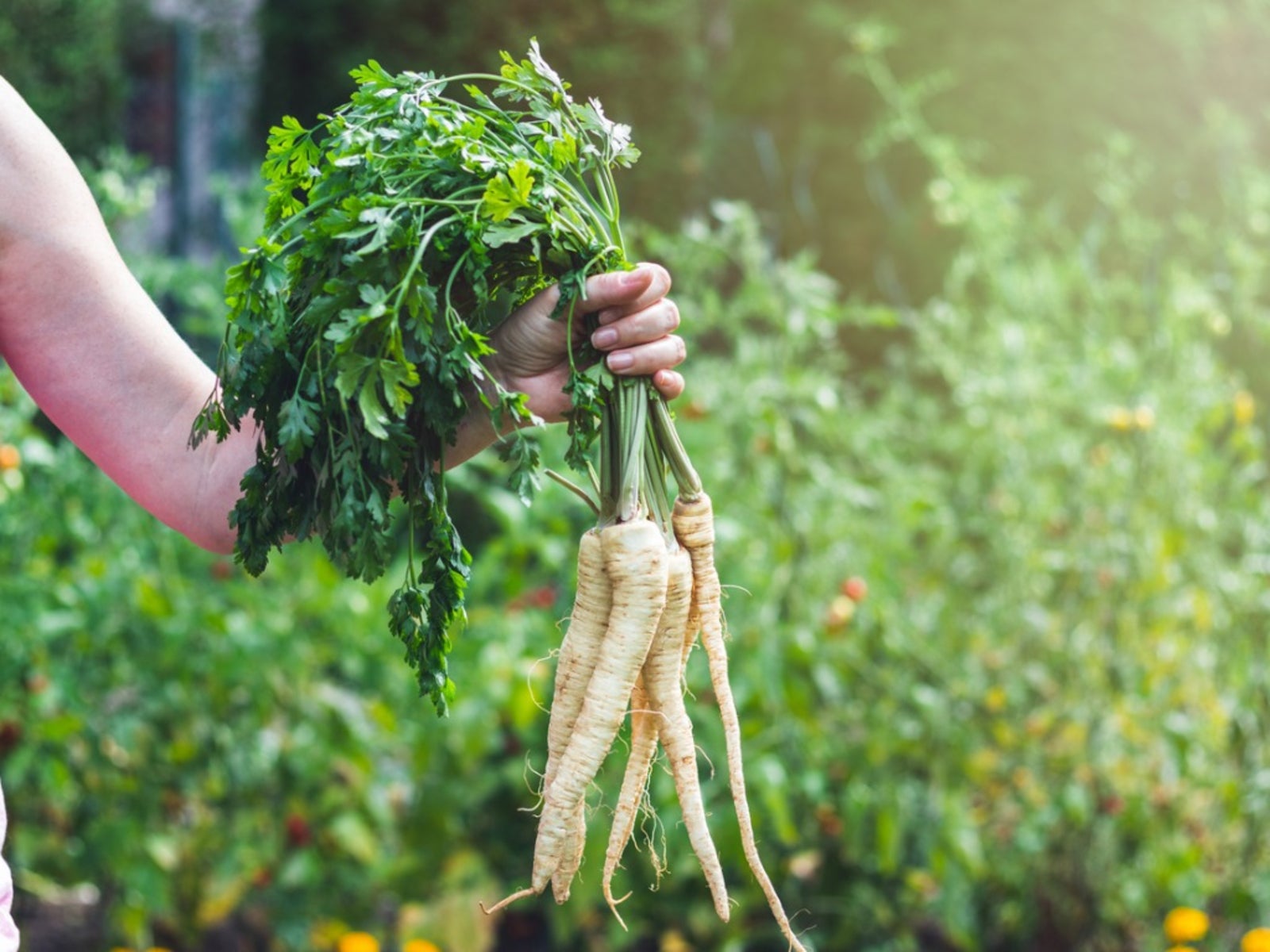 Parsnip Leaf Spot Problems – Learn About Leaf Spot On Parsnips
Parsnip Leaf Spot Problems – Learn About Leaf Spot On ParsnipsParsnips are as easy to grow as their cousin the carrot. Easy to grow they may be, but not without their share of diseases and pests. One such disease, parsnip leaf spot results in exactly what it sounds like - parsnips with spots on leaves. Learn more in this article.
By Amy Grant
-
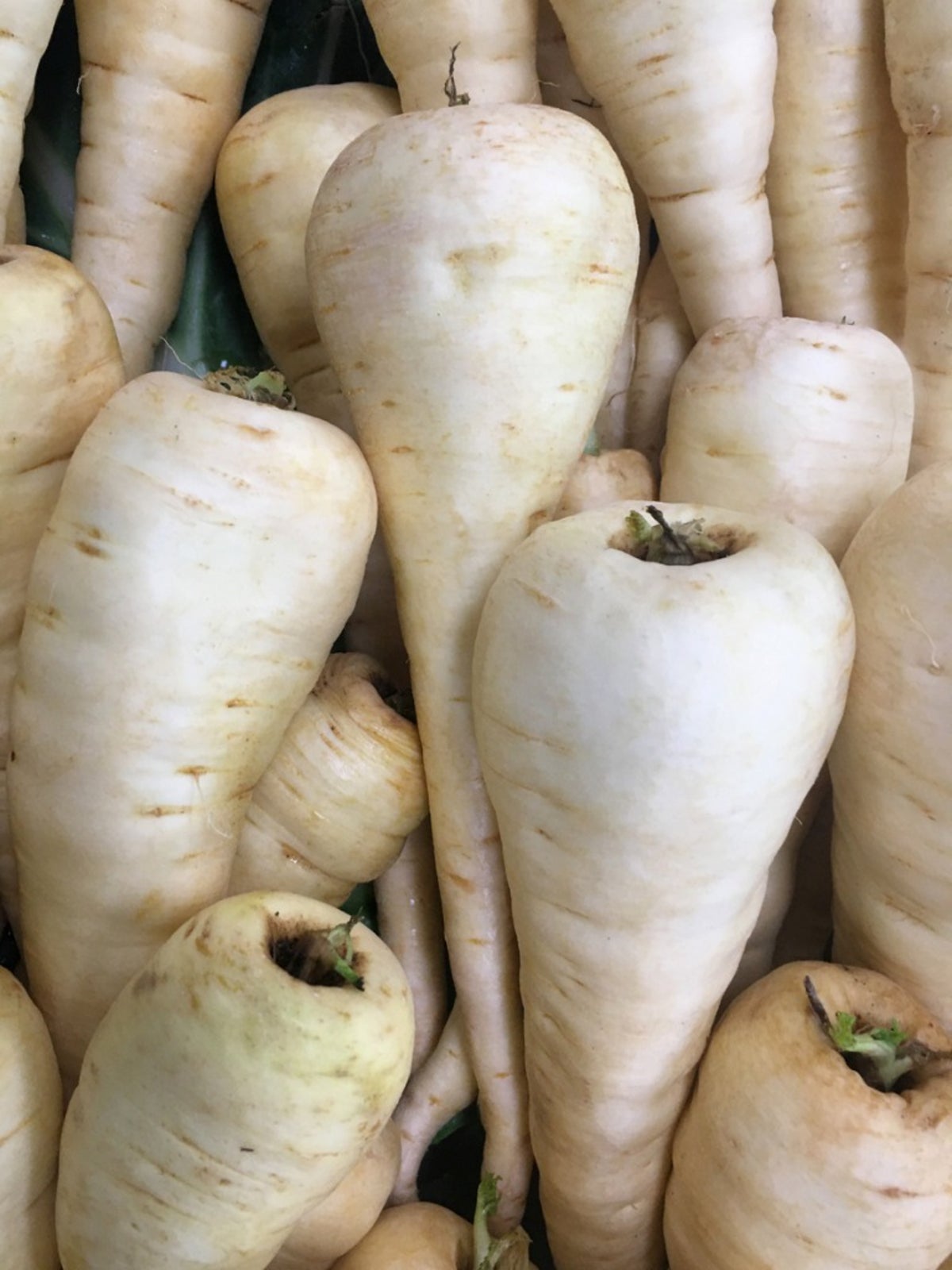 Guide To Parsnip Diseases – How To Treat Sick Parsnips In The Garden
Guide To Parsnip Diseases – How To Treat Sick Parsnips In The GardenParsnips are the often overlooked middle child of the root vegetable world, but they can be total rock stars in your garden. Just be on the lookout for these common parsnip diseases and your vegetable stand will be the envy of the neighborhood! Learn more here.
By Kristi Waterworth
-
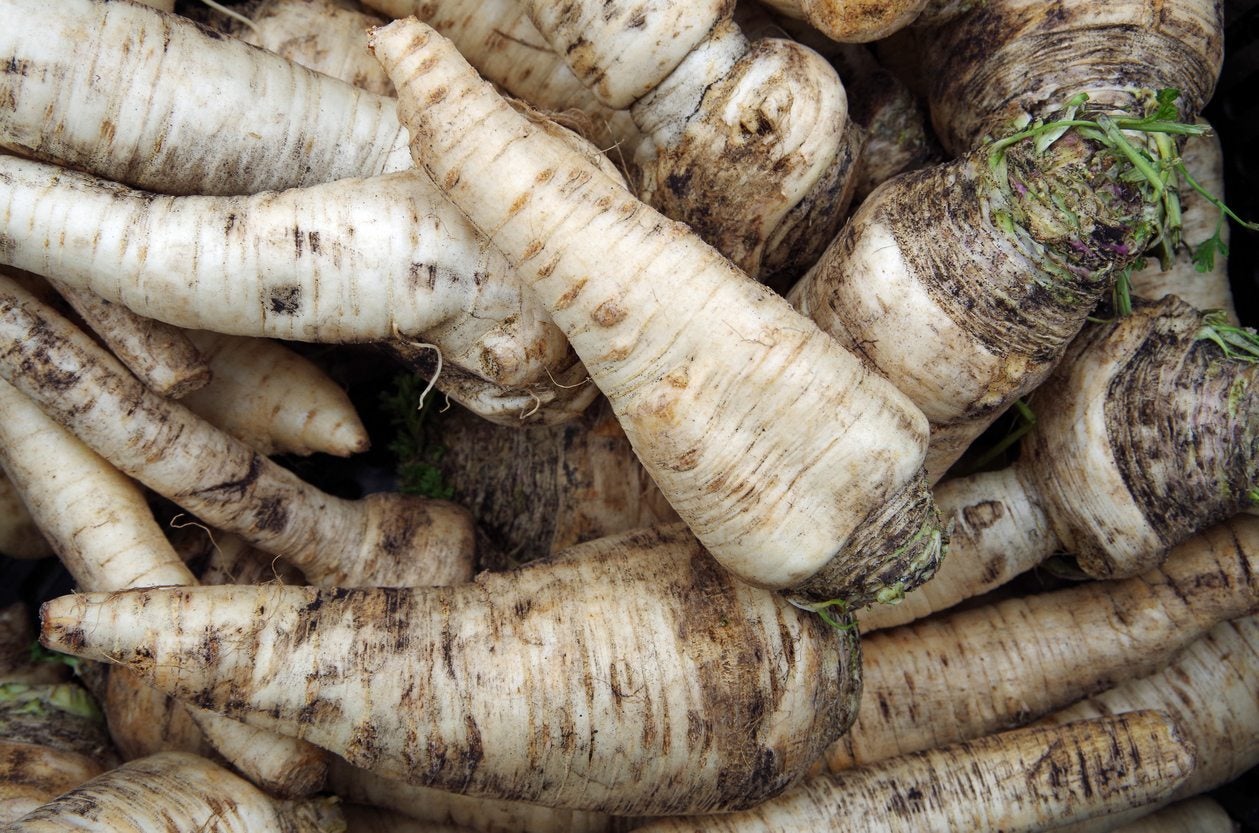 Harvesting Parsnips In Winter: How To Grow A Winter Parsnip Crop
Harvesting Parsnips In Winter: How To Grow A Winter Parsnip CropGardeners that have tried planting parsnip seeds in spring often get disappointing results. Parsnips have a reputation as being difficult to grow, mostly because gardeners plant them at the wrong time. An ideal time for many regions is winter. Learn more here.
By Darcy Larum
-
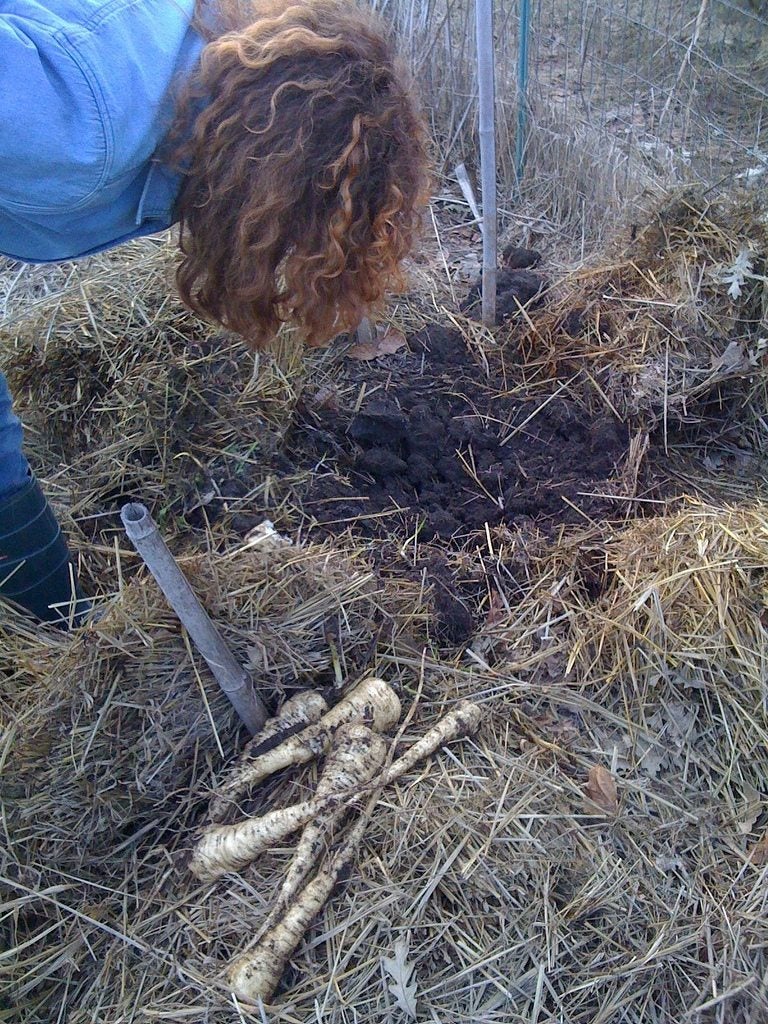 Can You Overwinter Parsnips – Tips For Parsnip Winter Care
Can You Overwinter Parsnips – Tips For Parsnip Winter CareParsnips are a cool season vegetable that actually become sweeter when exposed to several weeks of cool, frosty weather. That leads us to the question "can you overwinter parsnips." If so, how do you grow parsnips in winter? Find out in this article.
By Amy Grant
-
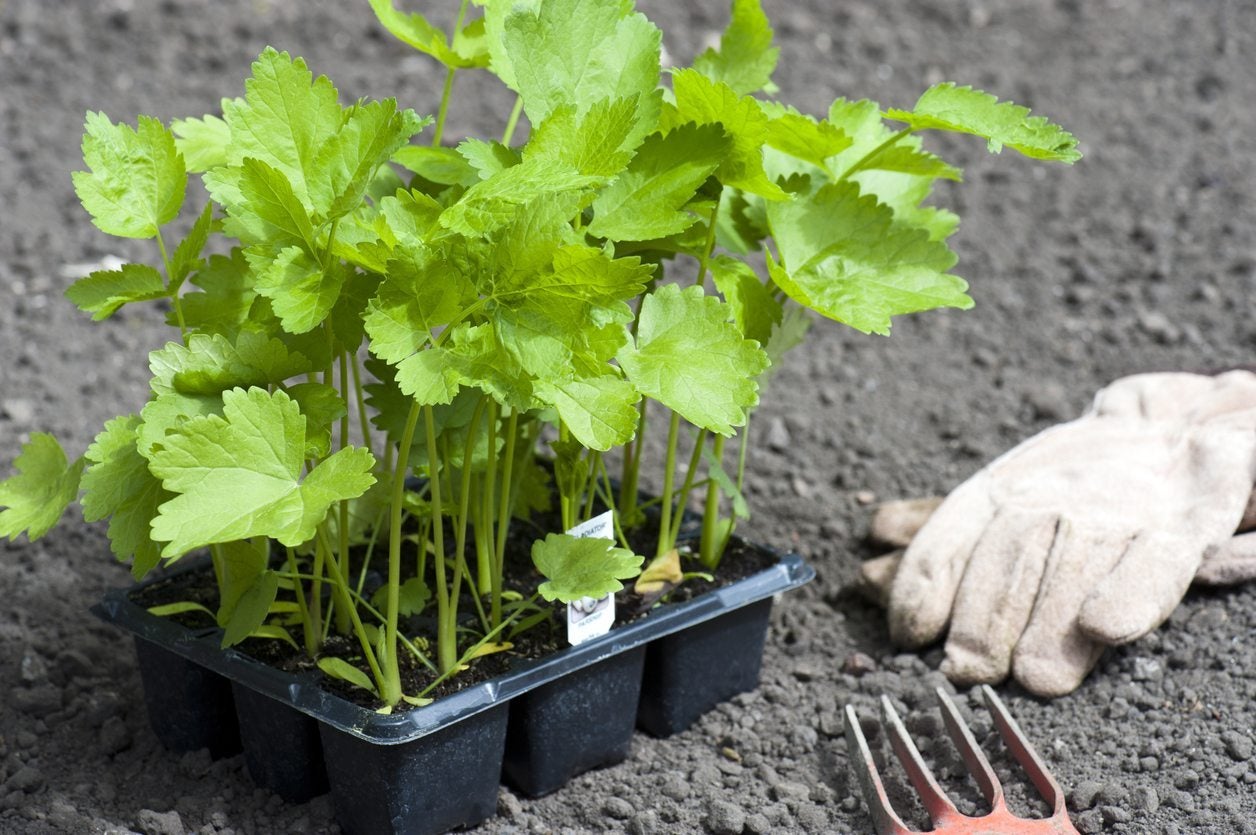 Container Grown Parsnips – Learn How To Grow Parsnips In A Container
Container Grown Parsnips – Learn How To Grow Parsnips In A ContainerRoot vegetables are making a comeback, and parsnips are high on the list. Parsnips are grown for their delicious roots and generally do best planted in a garden, but what if you don't have a garden plot? Can you grow parsnips in pots? Find out here.
By Amy Grant
-
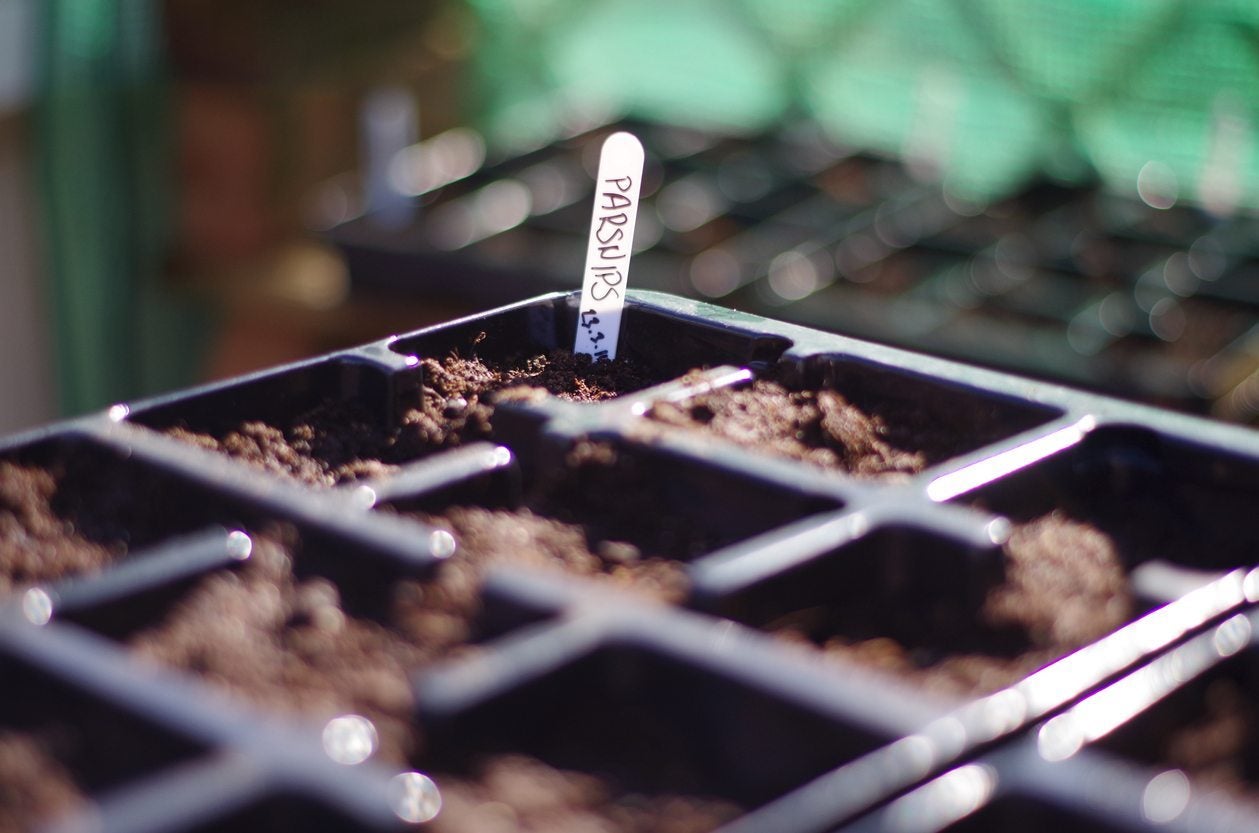 Seed Grown Parsnips: How To Grow Parsnips From Seed
Seed Grown Parsnips: How To Grow Parsnips From SeedIf you?re interested in seed-grown parsnips, give it a try! Growing parsnips from seed isn?t difficult as long as you provide the proper growing conditions. Learn how to grow parsnips from seed with the information found in this article.
By Mary H. Dyer
-
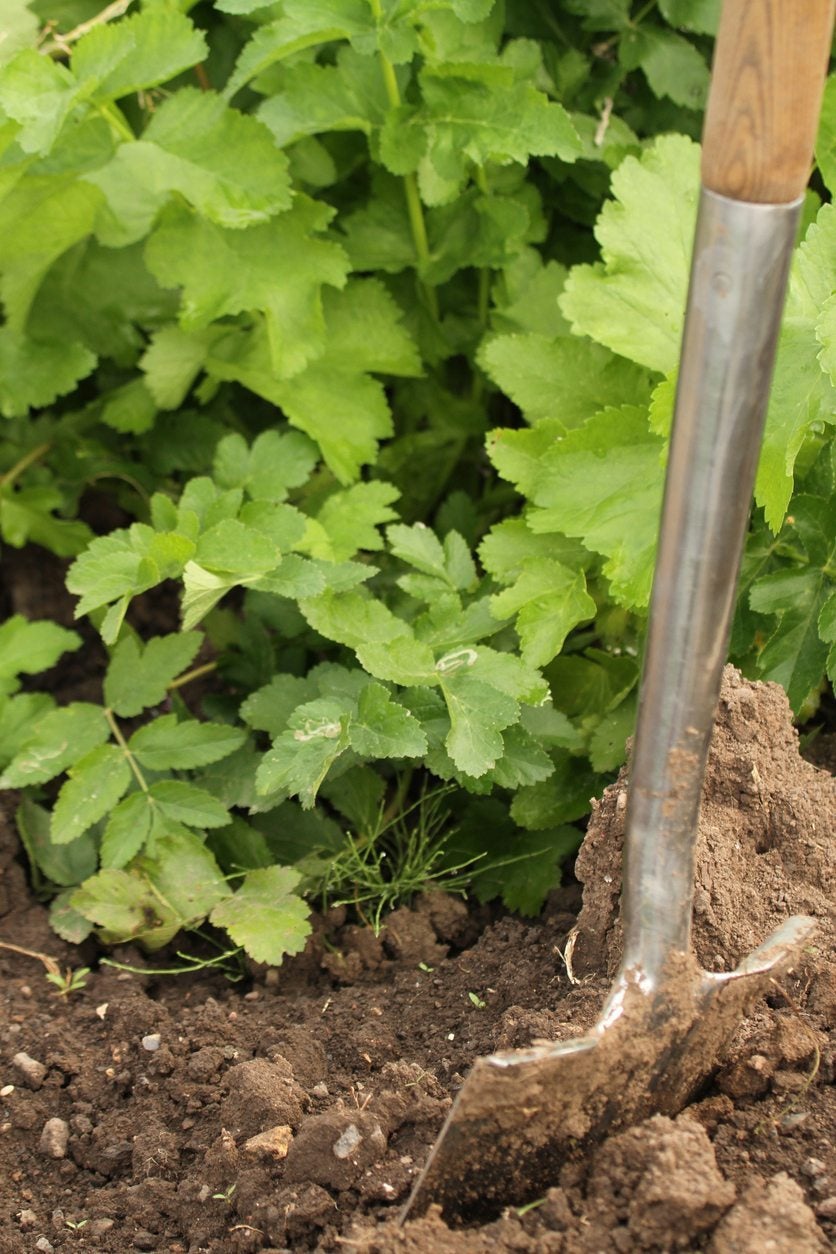 Parsnip Soil Requirements – Tips For Parsnip Growing Conditions
Parsnip Soil Requirements – Tips For Parsnip Growing ConditionsA hardy root vegetable with a sweet, slightly nutty flavor, parsnips taste even better after the weather turns frosty in autumn. Parsnips aren't difficult to grow, but proper soil preparation makes all the difference. Learn about parsnip soil requirements in this article.
By Mary H. Dyer